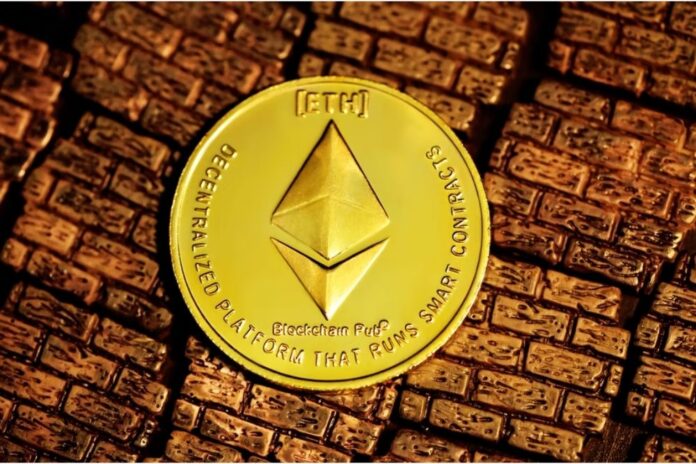The Ethereum network is now a few steps away from fully transitioning to a proof-of-stake (PoS) consensus algorithm after developers activated the merge on the Ropsten test network.
The event played out today after the move was first announced on the 3rd of June 2022 via a blog post published on the official website of the Ethereum Foundation.
Read Also: Buterin Explains How to Create Algorithmic Stablecoins That Don’t Become Ponzis or Collapse
Ropsten has activated proof-of-stake! pic.twitter.com/TKQ8LSJGt6
— ً (@lightclients) June 8, 2022
Ropsten’s proof-of-work PoW) chain was merged with its proof-of-stake (PoS) beacon chain via the combination of their codes.
The test merge recently conducted is critical to check if client software using Ethereum nodes performs without malfunctioning. The Client software teams that participated in the merge include Lighthouse, Lodestar, Prysm, Teku, Besu, Erigon, go-ethereum (get), and Nethermind.
The same process is set to happen later this year with the Ethereum mainnet merge. In effect, today’s event was intended to serve as a major practice session for the mainnet merge, which will see Ethereum transition from PoW consensus to PoS.
A few hours ago in a Livestream, co-founder of Ethereum (ETH) Vitalik Buterin, said:
“I mean, of course, the merge working well for 6 hours isn’t evidence of complete success. There are all of these kinds of longer-term issues around MEV and staking centralization and protection against DOS attacks and things that could potentially bite us 3 weeks after the merge instead of 2 minutes during the process.”
Read Also: Vitalik Buterin Introduces Soulbound Tokens (SBTs), the Future of Ethereum and NFTs
Previous tests included a shadow fork on the main network in April and another test merge on Kiln.
Today’s test is measured by a metric called terminal total difficulty. The merge is considered activated once this level of block difficulty is reached on the proof of work version. The proof-of-work version of Ropsten crossed a pre-set 50 quadrillion measure to protect the merge from any malicious activity by artificially acquiring the hash rate.
Follow us on Twitter, Facebook, Telegram, and Google News


